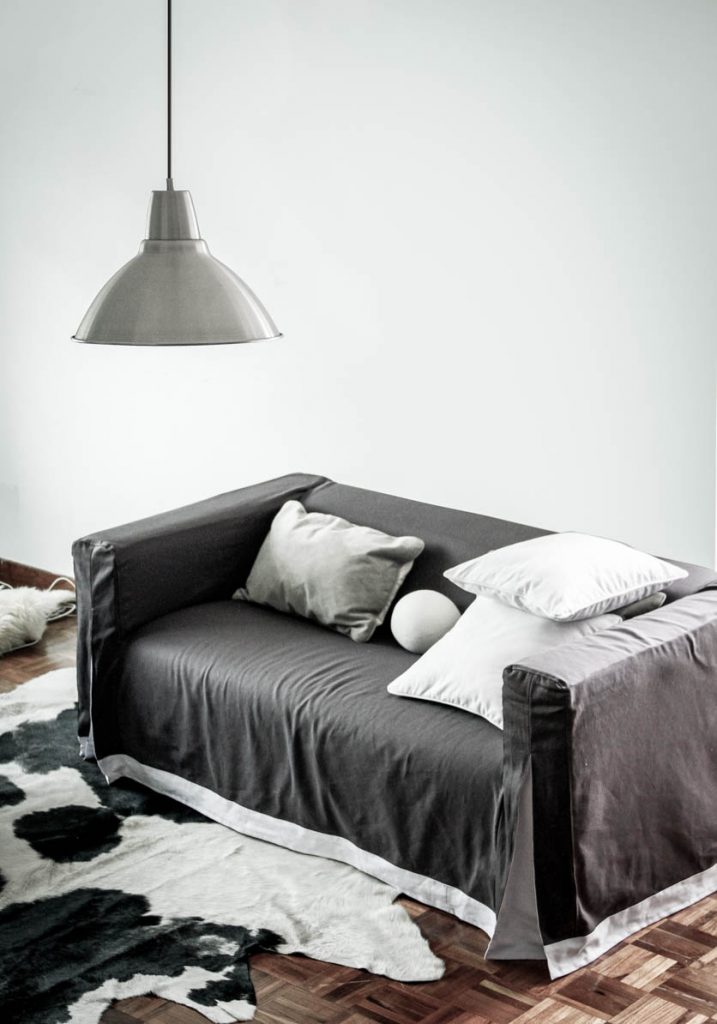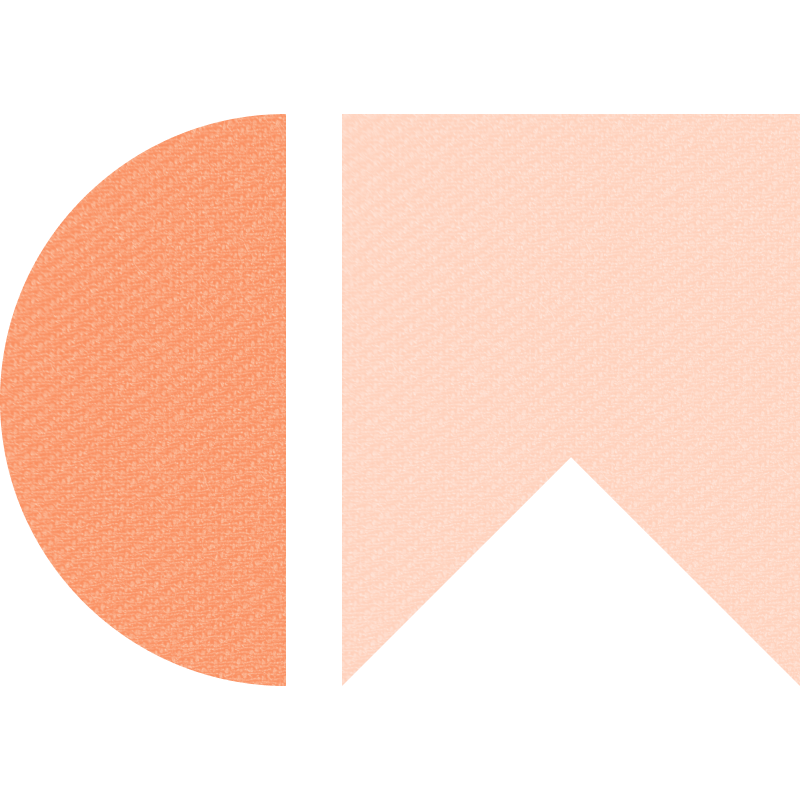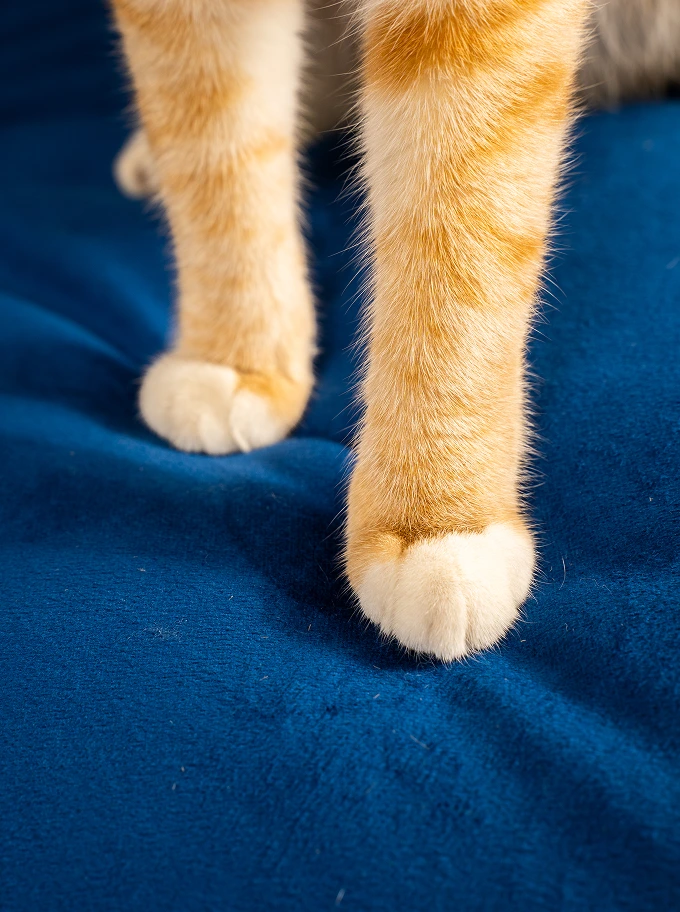
At Comfort Works, we see more than our fair share of sofas. People come to us when their couch is on its last legs so we’ve seen quite a few vintage models from the flowery eighties and even pictures of the new couch freshly ripped up by the darling pet.
While we regularly dispense cleaning advice and recommend slipcover styles like there’s no tomorrow, I couldn’t help but wonder, how often do people actually clean their sofas? I don’t mean simply washing the slipcovers, but really cleaning the sofa.
Okay kitty-kat, you can have your dinner meowIt’s always interesting to see what people have hiding in their sofas (or what their sofas are hiding from them?).
If you’re digging underneath the seats, chances are there’s a pencil and loose change in there, maybe hair, crumbs and perhaps some dust bunnies that you evict every year or so when you decide it’s time to spring clean. Most sofas have also survived at least one liquid spill, but we’ll get to that later.
Over time, stuff accumulates in your sofa, stuff that your vacuum cleaner misses and builds up in the foam core and batting, similar to the dust buildup that happens with mattresses over the years.
It’s not the greatest news for those of you who suffer from allergies or share a home with those who do. Aside from affecting those with allergies to dust, these indoor allergens may also affect those with allergies to dust mites.

Not all of us have the means to conduct our own studies on how dirty our sofas are, but there are a few simple ways to visualize the dirt on your own sofa as recommended in this article:
1) The clap test
If you clap the back or arm of your sofa and dust particles rise up (visible in bright light), you know your sofa is dusty even though there isn’t dust on the surface.
Designer Charlotte Kingsnorth interprets a sofa devoured by an obese occupant – or engorged with old skin cells?2) The sniff test
As the title says – if you smell an area and it’s musty, it’s mold.
Unfortunately, mold is often not limited to the surface and getting rid of it will involve replacing the foam or batting and reupholstering. This is often pricey, but reading about mold exposure and its effects is gross enough for you to want to take preventative measures instead.
If a spot on your sofa smells like ammonia and you have a cat, it’s probably cat urine, which is one of the toughest smells to remove from fabric.
There’s a reason why many pet stores sell specialty urine odour removers; and that’s because enzymatic cleaners are the most effective in tackling the issue. This is because they contain enzymes that break down the proteins in the urine -minimizing staining too.
No illegal dumping of sofas, thanksExpress.co.uk reported about a study conducted which compared the microbial count of various household items. While the top-ranking item was unsurprisingly video-game controllers, microbiologists found that the average sofa armrest harbours 12 times more bacteria than a toilet seat.
That’s the very same armrest you sit on and you probably put your head against while lying down and watching The Real Housewives of New Jersey.
For those of you who regularly use deodorising sprays around the home, you’re definitely keeping your home nice and odour-free…but keep in mind that you’re just making a dirty thing smell nice!
Getting a set of custom slipcovers for your sofa to be regularly washed like a bedsheet is actually a good way to maintain proper hygiene.
So how about you, have you ever gotten your sofa professionally deep-cleaned before in its lifetime, ever? Let us know in the comments and happy spring cleaning!











